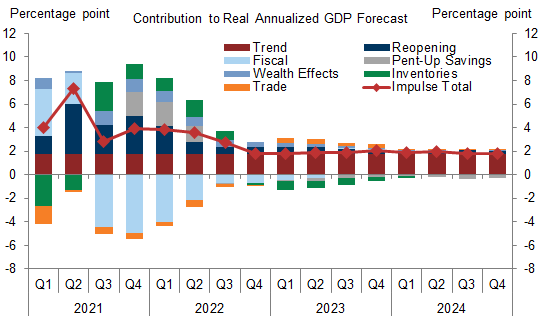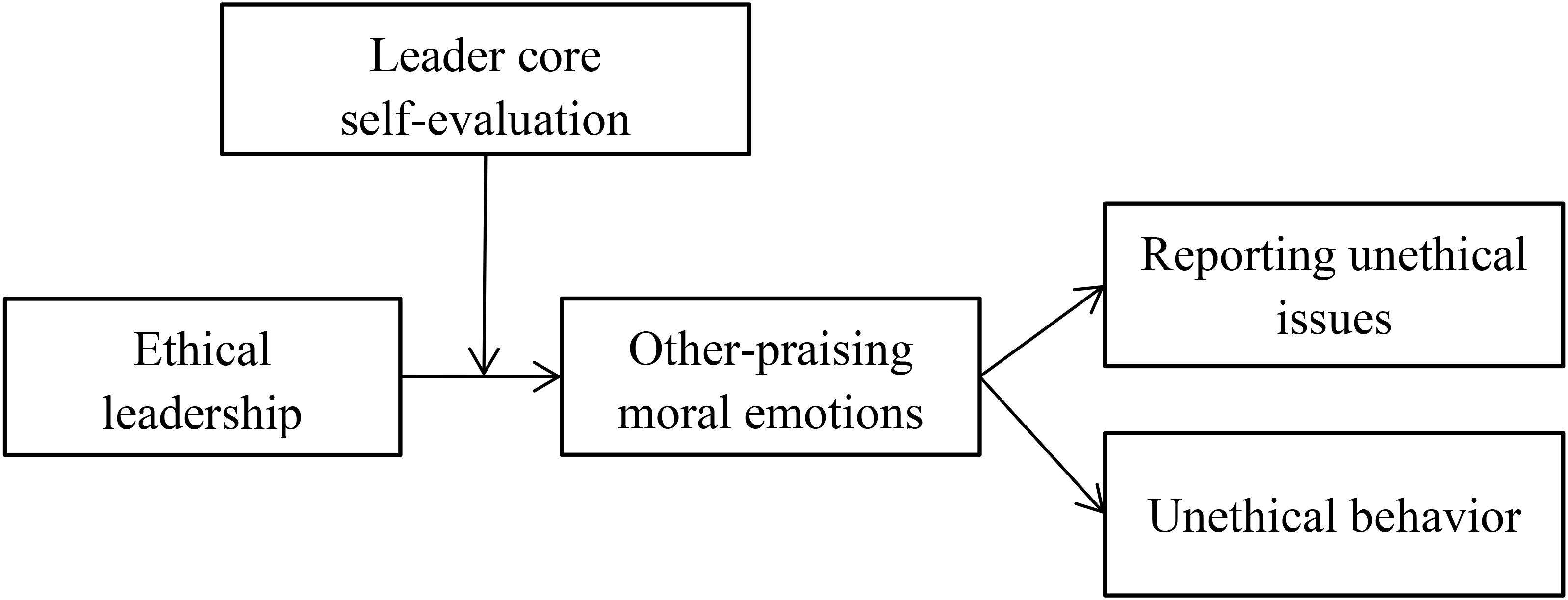The digital economy is growing and will likely continue to transform our traditional economic system and raise the stature of the creative class. Over the past few decades content sharing services (and other digital GDP activities) have risen and people have flocked to them to develop productions that attracts followers and diversifies publishing. But there is more to this because those that create and develop new ideas are highly sought after individuals....
You can read YouTube's announcement and executive summary and the full report.
Some of the highlights from the report are ...
$20.5 Billion contribution to GDP.
394K Jobs
80% SMB with a YouTube channel indicate that YouTube helped them.
Digital GDP
Digital GDP is growing but thus far has been calculated as part of these sort "virtual content services" and is currently in the process of reforming. See BEA Digital GDP Definition. We also find that in 2019 Digital GDP comprises 9.6 percent ($2,051.6 billion) of current-dollar gross domestic
product ($21,433.2 billion) and just barely being manufacturing (meaning creativity and manufacturing can go together to maximize market position.). See BEA Digital GDP Estimates (I also want to see how we adapted to COVID and suspect the 2021 numbers will be higher because of how the data has been drawn from previous estimates as well as the 2022/23 interchange when companies and policies makers had a chance to adapt to new market realities. See 2021 GDP Explosions). That definition will likely adjust again at some point in the future to encourage a long-term accurate description as more and more parts of our economy move online and bridge the virtual-physical divide.
Things like block chain and cryptocurrencies are going to continue to adapt and what we will find are further adjustments to our digital economic existence. Furthermore, we are also likely need to be open to the possibility of utilizing new methodologies to further encourage this class to use their creative and academic capital to realize tangible products for market leading industries and taxable net positives. This is also why I advocate for the development of clusters where where novel ideas, matched with R&D and skilled labor produce innovative outcomes. See Digital GDP Govt. Mind, Gerome Powell Central Digital Currency, US Digital GDP Rises, and Infrastructure and Synergy
What is the Creative Class and the Type of People Involved?
Creative class people invent new things and utilize their creative intelligences to solve problems in new ways that develop advanced businesses and products. Those in the creative class are people who are in the ,"... design, education, arts, music and entertainment, whose economic function is to create new ideas, new technology and/or creative content" (Florida, 2002, p. 8). They are an emerging group much like the Merchant Class of the past but instead use their their creative intelligence to get things done in novel ways.
The Creative Class is derived, at least in initial theory, of super creative core and creative professionals. One is engaged in the development of new science while others are more focused on the application of creative knowledge. One might think of this as the inventor-scientist and the other is the builder-artisan. Super creatives can use formal science and non-formal idea development to generate new and leading products while creative professionals are the one's that put this knowledge into daily use within our economy; creators and builders (I'm not sure if this is the right way to look at it but its an emerging sociological class so there might be some room for definition tweaking.)
Within the super creative core are people who can bridge multiple developmental domains and can further science by drawing on a diverse set of skills and backgrounds that blend them into something new way of approaching problems. I suspect such individuals would need exposure to a wide variety of life experiences and activities to develop multiple skill sets. As our technological lines in virtual world (....mixed with physical world. i.e. education. Waiting for VR education to come out.) we can start thinking diversifying our offline and online activities to focus on people's emerging skills to maximize them (....probably about 10 years off or more. Time will tell.).
Can Towns like Escanaba/Gladstone Attract Digital Nomads and Tourists in a Way that Increases Local Jobs?
One of the reasons why I'm working on a hypothetical cluster model in Delta County MI is because they have the opportunity to utilize new strategies such as the development of a Digital Nomads Land that attracts international creative talent bent towards A.) engineering & design, micro-manufacturing, etc...(create and develop new products as well as develop certain local skills.) that would fit within the B.) outdoor adventure lifestyle (retention by lifestyle appeal that improves tourism dollars.) that enhances local industry, tourism, and small business development.
In other words, I'm matching existing geographic/outdoor, infrastructure, and local skill sets with market trends and industry needs to revitalize certain key industry(s) as well highlight the economic advantages of high potential-appeal towns like Escanaba/Gladstone (Its just a unfinished model so please wait before throwing tomatoes. Sometimes dumb ideas bear fruit. ...and yes a tomato is a fruit. 🍅 😯)
We should also consider that while much of the research has focused on the attraction of the creative class to large cities it is also growing as a demographic and some of those creative types are going to be interested in rural outdoor enthusiast areas. Because of their lifestyle of events, fun, and activities they also can build tourism interest. This is why smart policy can sometimes shoot many birds with one stone when focusing on meeting emerging market targets that raise value. See Attracting SME and Rebuilding Downtowns.
Innovative Clusters comprised of the creative class and local skilled labor can help to innovate those industries involved in the cluster process (...again its just an idea. I'm a creative type. 😏). Countries are clamoring to attract the creative class because they also generate new products and in turn higher economic growth. Places like Delta County have the fundamentals to attract inventors, scientists, artisans and entrepreneurs but could use a boost with stronger marketing, investment, and city-state-industry-military/aerospace type coordination on important key projects that anchor other stakeholders. If there is a will there is a way because “The Only Constant in Life Is Change.”- Heraclitus (...or we can just keep doing the same thing over and over and hope for a better result.)
Florida, Richard (2002).
"Bohemia and Economic Geography" (PDF). Journal of Economic Geography. 2: 55–71. http://creativeclass.com/rfcgdb/articles/6%20Bohemia_and_Economic_Geography.pdf


